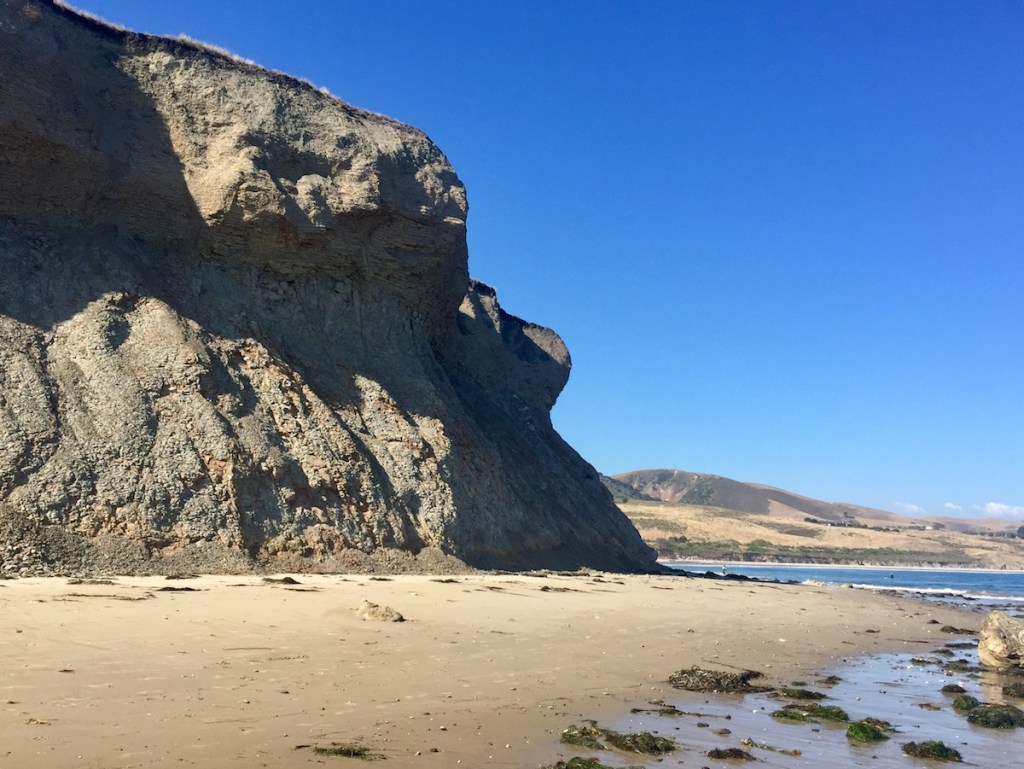Hollister Ranch has been in the news again. This time it’s AB 1680, a bill awaiting the governor’s consideration for signature. The tale spun is the will of the people thwarted by rich landowners. It’s catchy, in tune with the times, where facts are conveniently overlooked.
The truth reveals something else.
Santa Barbara County residents know there already is access to Hollister Ranch beaches. Depending upon tides and sea conditions, the ranch has long been accessed by walking along the coast and from the sea via boats, personal watercraft, kayaks and surfboards. For years, Hollister Ranch has hosted educational and recreational programs for schools, disabled children and veterans, scientific researchers, and nature groups and organizations.
What’s really desired is more convenient access. The challenges to that goal are rooted in the limits of geography, cost, and the law, not rich landowners.
Hollister Ranch is remote and rugged with deep canyons running every mile or two to the sea. High unstable bluffs frequently collapse onto the beach. There is a railroad that is dangerous to cross and an active cattle operation. There are no public roads, public services or facilities, rescue or life-saving infrastructure, mobile phone service, commercial services, or any of the conveniences most Californians take for granted.
Proponents of more convenient access cite the California Coastal Act, which has multiple goals — public access to the coast, protecting natural and cultural resources, protecting agriculture, and respecting property rights. These do not align neatly at Hollister Ranch.
The state keeps trying to impose its will, confiscate Hollister Ranch property, and force its owners to pay for public access easements. That hasn’t worked. AB1680 continues this pattern and recklessly exceeds the state’s constitutional authority.
There’s a better way.
State Controller and State Lands Commission member Betty Yee earlier this year kicked off an effort to develop a new plan for Hollister Ranch beach access based on the concepts of collaboration and cooperation.
Progress has quietly been made. Four state agencies — Coastal Commission, Coastal Conservancy, Lands Commission, and Parks and Recreation — created an unprecedented agreement to pursue this goal, secured necessary funding, and hired experts to guide and inform the process.
The Hollister Ranch is fully cooperating. Leaders and staff from these agencies have toured the ranch to see the challenges first hand, Information is being gathered, studies are underway, and public outreach is about to begin.
It’s a new direction — take a fresh look at facts on the ground and the real costs and challenges to enabling more convenient access. Of all of the ideas that have been tried, it has the best chance of success — the right entities, looking at the right issues to find solutions. No legislation needed.
Meanwhile, AB 1680 risks more conflict and litigation, and threatens this good faith effort already underway. Governor Newsom should veto it.
Monte Ward is president of the Hollister Ranch Owners Association.

